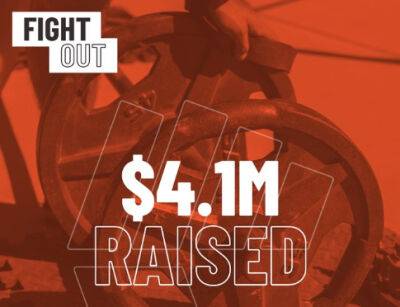DeFi’s Next Big Thing: Liquid Staking Derivatives
The popularity of liquid staking derivatives (LSDs) has increased significantly in recent months resulting in a surge in cash flow in DeFi. LSDs are a relatively new type of token that enables stakers to augment potential returns by unlocking liquidity for their staked cryptocurrency, such as ETH.
LSDs have been exploding in popularity across the Ethereum ecosystem and have the potential to become equally as widespread among other Layer-1 networks, such as Polygon and Avalanche.
LSDs are already playing a significant role in DeFi, making up over 20% of the entire TVL across liquid staking protocols. The dominance of Lido alone — currently the largest liquid staking protocol — is over 17% of DeFi’s TVL as of February 2023.
LSDs may have jump-started a strong rebound in DeFi activity, as the trend is likely to accelerate with the deployment of the Shanghai upgrade, which is expected to attract more stakers and thus boost demand for LSDs.
LSDs grabbed the attention of DeFi users after Ethereum adopted the proof-of-stake (PoS) consensus algorithm, which replaces mining with staking. ETH holders can now stake their tokens to maintain the network and generate an annual yield.
However, two conditions limit access to staking for regular token holders. First, there is a minimum deposit limit of 32 Ether (ETH) to join the block validation battle. Second, the staked ETH remains located on the Beacon Chain until the Shanghai Ethereum update is completed, and even then, rewards will gradually become available.
Liquid staking protocols solve the first problem by pooling ETH from multiple holders to facilitate participation in Ethereum’s block validation process. Thus, protocols such as Lido, enable ETH holders to stake without having to
Read more on cointelegraph.com






![Could Binance USD [BUSD] be the next SEC casualty as regulator digs deep into… - ambcrypto.com](https://gocryptonft.com/storage/thumbs_400/img/2023/2/13/88472_oovgz.jpg)














